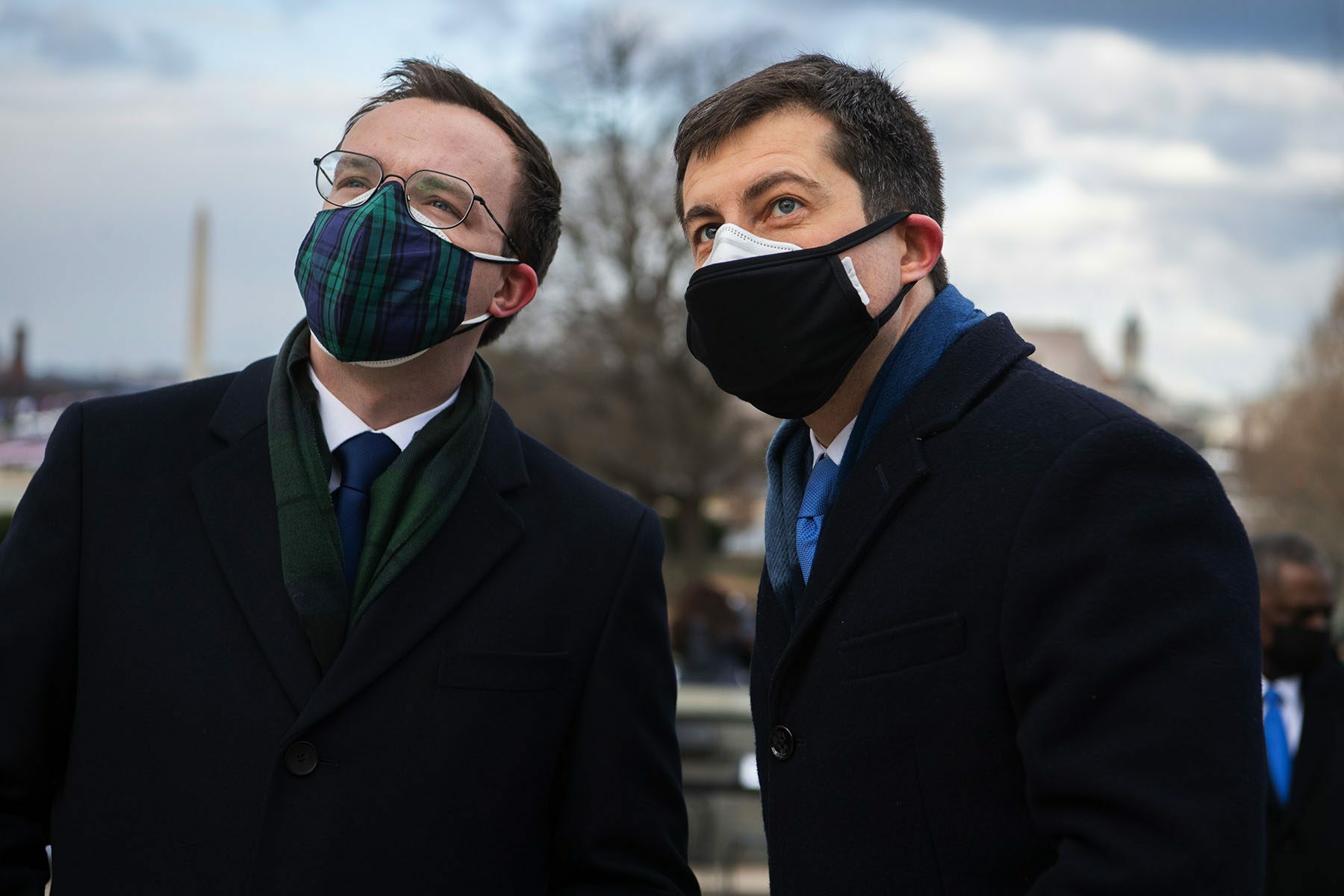Thu, October 28, 2021,
HARARE, Zimbabwe (AP) — A United Nations special envoy on Thursday urged the United States to end sanctions that she says have worsened Zimbabwe’s humanitarian crisis, while urging dialogue to end the impasse between the two countries.
The U.N envoy on unilateral coercive measures, Alena Douhan, has been in Zimbabwe for nearly two weeks investigating the impact of sanctions on the southern African country.
The U.S imposed travel and financial sanctions on Zimbabwe’s political, military and economic elite as well as companies linked to the state about two decades ago. This followed violent mass seizures of white-owned land and alleged vote-rigging and human rights violations by the late authoritarian President Robert Mugabe.
In her preliminary findings, Douhan said the U.S should “cease the state of national emergency regarding Zimbabwe.” She said the sanctions have “exacerbated the pre-existing economic and humanitarian crisis, inhibiting the building of essential infrastructure and international and inter-institutional cooperation.”
The United States embassy this week said that Washington “can lift sanctions once it determines sanctioned individuals have stopped undermining democracy, violating human rights, or facilitating corruption.”
The U.N. envoy met President Emmerson Mnangagwa as well as representatives of non-governmental organizations and opposition parties during her visit.
Zimbabwe has slid from being one of Africa’s most promising economies at independence from white minority rule in 1980 to a situation where many of the country's 15 million people reliant on informal trade and food handouts from international donors.
The country's once-robust public health system has also deteriorated while water, transport and other public infrastructure are in shambles. Mnangagwa blames these bad services on sanctions.
The main opposition and the U.S say corruption and human rights abuses are at the root of Zimbabwe’s woes.
The sanctions “do not target the Zimbabwean people,” said State Department spokesman Ned Price earlier this month. “Zimbabwe’s economic ills, we know, are caused by leaders, those leaders abusing power, not U.S. sanctions. Our sanctions target only 83 individuals and 37 entities.”
The sanctions seem to have neither loosened the ruling ZANU-PF party’s grip on power nor improved the human rights situation, some analysts say.
Instead, they have had a “reverse effect” and “have come as manna” for the ruling party, which has used them as a scapegoat for the country’s economic decline and also to gain political mileage by labeling the opposition as lackeys of the U.S, said Harare-based economic commentator Alexander Rusero.
Mnangagwa promised reform after taking power from Mugabe in 2017 and urged Zimbabweans to “stop mourning” about sanctions. But with political pressure rising and resentment seemingly growing, he has returned to Mugabe’s anti-sanctions mantra.
Mnangagwa successfully lobbied the 15-nation regional bloc, the Southern African Development Community, to declare Oct.25 an annual anti-sanctions day. In Zimbabwe, the day was this year marked by pro-government marches, speeches and a televised anti-sanctions musical gala.
 P
P










